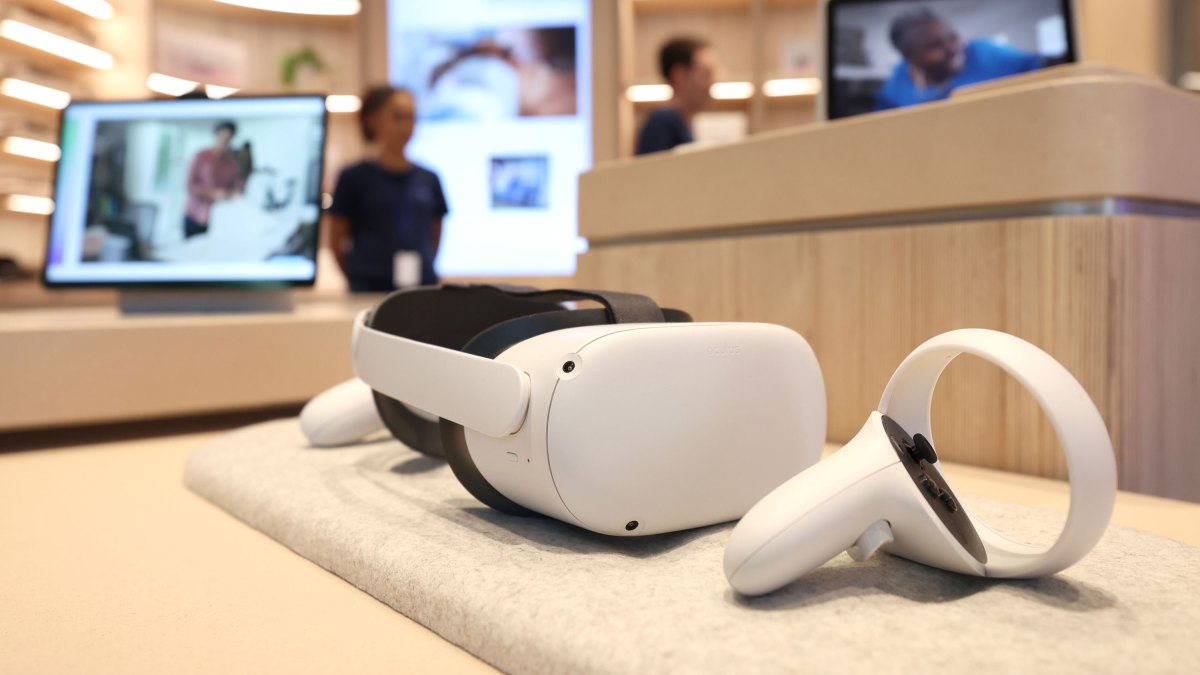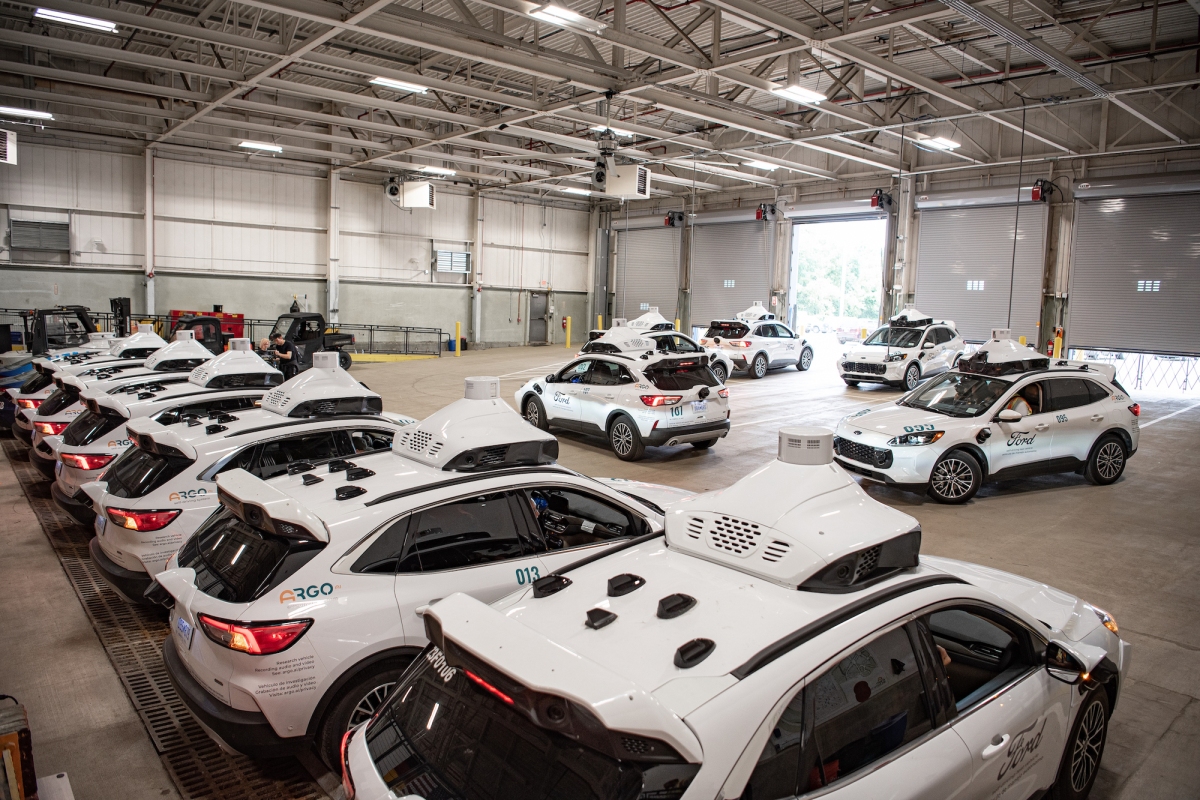2050 is an important year for climate tech, with the Paris Agreement calling for emissions to reach net zero by then. In a conversation with GenZero’s Frederick Teo for SOSV’s Climate Tech Summit, we talked about realistic paths to hitting that goal and how startups can tackle what Teo called one of the most existentialist challenges of our generation. GenZero is a $3.6 billion investment company that is backed by Temasek, already known for its climate investing. Teo talked about how it gauges companies before investing, supporting nascent technologies and solutions in the space and what startups can tackle in the next two decades. This Q&A was edited for length, and you can watch the full conversation here or at the bottom of the article. TC: GenZero’s initial commit is from Temasek, which was already a leader in global investing when it announced GenZero in June. It’s a wholly-owned company of Temasek, so why did Temasek decide to start GenZero and what is GenZero doing that Temasek isn’t already? FT: Temasek, as you know, has already taken a lot of steps in the past few years into making investments into sustainability, as well as clean energy and climate-related spaces. It is important for us to think about how to deploy capital in this space because obviously all of us are aware of the climate emergency, the fact that this is actually likely to be one of the most existentialist challenges of our generation. It is important for us to be able to find solutions that can actually address many of these things like global warming, sea level rises, the challenges of food production in a sustainable way. So we wanted to be able to have a dedicated capability to access some of these decarbonization opportunities, and Temasek decided to park aside a sizable amount of capital to be able to develop a team that would be able to focus on issues like carbon markets, decarbonization technologies as well as nature solutions. So that is the reason why we established GenZero as a separate investment platform company. In our work we have been looking at technology solutions such as low carbon materials and carbon capture capabilities, nature solutions that seek to protect and restore natural ecosystems, often with a view to generate carbon credits on top of that, as well as to invest into ecosystem enablers in the carbon market space. The reason for that is because we think that in the near term, energy transition would require some form of participation from carbon markets to allow people to gradually execute this transition. But we do need carbon markets to be credible, effective, transparent, high quality, and therefore there is still investments needed in order to be able to improve capabilities and technologies and solutions in that space. TC: For companies that are curious about trying to pitch themselves to you, what are some examples of your current portfolio companies? FT: In the technology space, we have invested into both funds as well as companies, so a major fund investment is Decarbonization Partners, and that is basically a climate-focused fund that is a joint venture between Temasek and BlackRock. We are an LP invested in that, and they are very focused on late-venture, early growth opportunities across different areas in the decarbonization space. We have also invested into a technology company called Newlight, which seeks to be able to produce bio plastics from captured methane. On the nature side, we have been investing into a few forestry projects that generate carbon credits, and then on the carbon market side, we count among our portfolio companies things like South Pole, which is a global leader in providing project advisory, technical advisory solutions and project development for companies seeking to embark on a net zero decarbonization journey, as well as a carbon exchange called Climate Impact X, which is headquartered here in Singapore. TC: For companies that are curious about potentially getting investment from you, what investment stage does GenZero typically look at? FT: We are kind of flexible. For very early-stage companies, say around the Series A or just before, we will work with different partners to be able to evaluate and deploy capital to support early-stage companies, but I think it’s important to understand why we need to do this. If we think about the broader net zero decarbonization challenge, everybody talks about this 2050 timeline to get to net zero. But the reality is that if we want to create significant climate impact by 2050, we are looking at new solutions that must already somewhat exist today or are starting to come into being today, because we will need another 10 to 15 years for the technologies and solutions to mature and get to a stage where they could be commercializes, and then probably another 10 to 15 years for it to actually be able to be deployed and create some kind of impact. That basically means that this current cohort of young companies are going to make a difference to the 2050 agenda. That is the reason why we are very excited to participate in this space right now, because the action must take place now in order to have any meaningful difference by 2050. TC: Considering that, with technology not coming to fruition by them until then, or making actionable results by then, in light of that, what kind of metrics or milestones do you like to see companies bring to the table before you consider them for your portfolio? FT: I think it goes back to the way we evaluate our performance at GenZero. We have a double bottom line, so our shareholder expects us to be able to obviously achieve some level of financial returns. That’s a given. But we also take the idea around measuring climate impact rather seriously. We try and understand, for example, the kind of climate impact that a solution would be able to achieve if successful deployed. We also look









